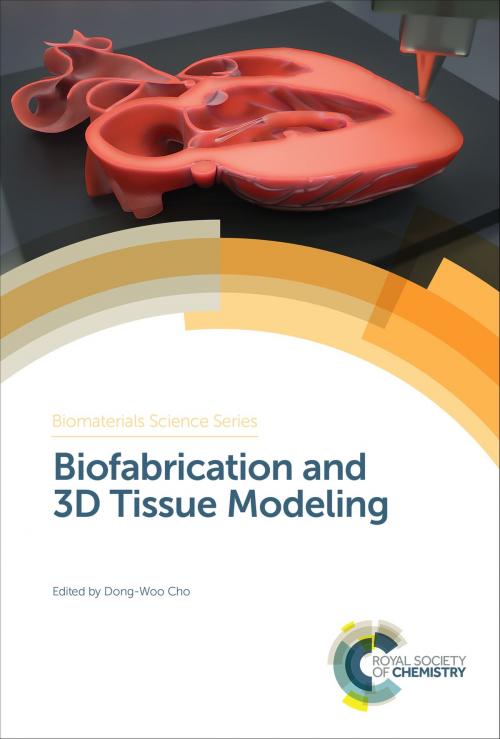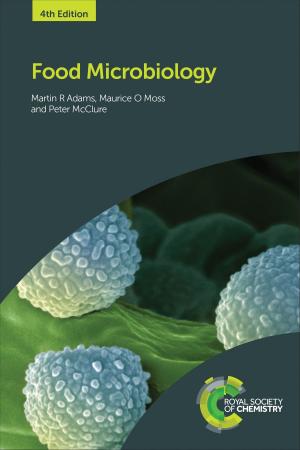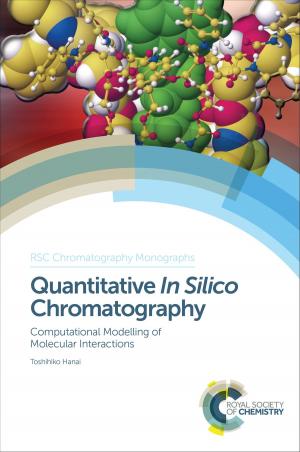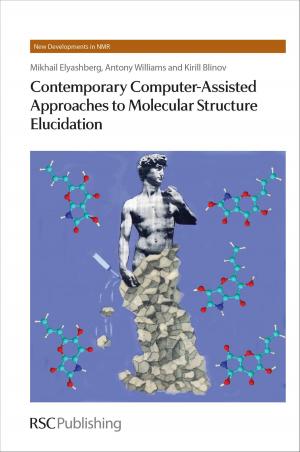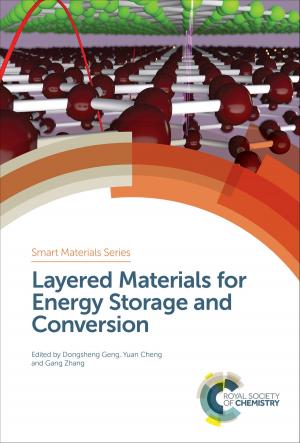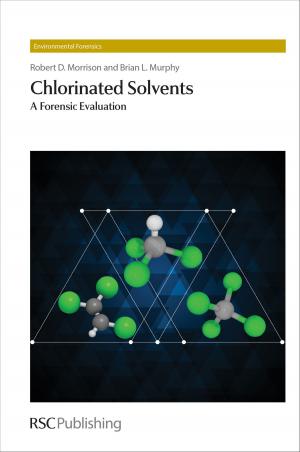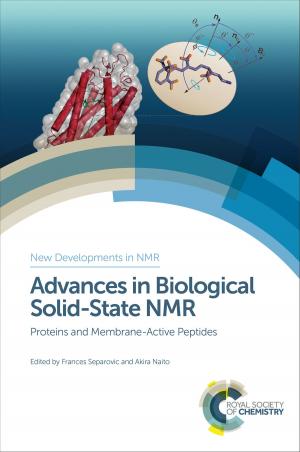Biofabrication and 3D Tissue Modeling
Nonfiction, Science & Nature, Technology, Material Science, Engineering| Author: | Shaochen Chen, Bin Duan, Shoji Takeuchi, Scott Hollister, Sarah Heilshorn, Ferry P W Melchels, Dong-Woo Cho, Noo Li Jeon, Wojciech Swieszkowski, Falguni Pati, Hyun Wook Kang, Kelly Stevens, Dongeun Huh, Seok Chung, Will Shu, Sung Won Kim, Roger Narayan | ISBN: | 9781788016643 |
| Publisher: | Royal Society of Chemistry | Publication: | January 2, 2019 |
| Imprint: | Royal Society of Chemistry | Language: | English |
| Author: | Shaochen Chen, Bin Duan, Shoji Takeuchi, Scott Hollister, Sarah Heilshorn, Ferry P W Melchels, Dong-Woo Cho, Noo Li Jeon, Wojciech Swieszkowski, Falguni Pati, Hyun Wook Kang, Kelly Stevens, Dongeun Huh, Seok Chung, Will Shu, Sung Won Kim, Roger Narayan |
| ISBN: | 9781788016643 |
| Publisher: | Royal Society of Chemistry |
| Publication: | January 2, 2019 |
| Imprint: | Royal Society of Chemistry |
| Language: | English |
3D tissue modelling is an emerging field used for the investigation of disease mechanisms and drug development. The two key drivers of this upsurge in research lie in its potential to offer a way to reduce animal testing with respect to biotoxicity analysis, preferably on physiology recapitulated human tissues and, additionally, provides an alternative approach to regenerative medicine.
Integrating physics, chemistry, materials science, and stem cell and biomedical engineering, this book provides a complete foundation to this exciting, and interdisciplinary field. Beginning with the basic principles of 3D tissue modelling, the reader will find expert reviews on key fabrication technologies and processes, including microfluidics, microfabrication technology such as 3D bioprinting, and programming approaches to emulating human tissue complexity. The next stage introduces the reader to a range of materials used for 3D tissue modelling, from synthetic to natural materials, as well as the emerging field of tissue derived decellularized extracellular matrix (dECM). A whole host of critical applications are covered, with several chapters dedicated to hard and soft tissues, as well as focused reviews on the respiratory and central nervous system. Finally, the development of in vitro tissue models to screen drugs and study progression and etiologies of diseases, with particular attention paid to cancer, can be found.
3D tissue modelling is an emerging field used for the investigation of disease mechanisms and drug development. The two key drivers of this upsurge in research lie in its potential to offer a way to reduce animal testing with respect to biotoxicity analysis, preferably on physiology recapitulated human tissues and, additionally, provides an alternative approach to regenerative medicine.
Integrating physics, chemistry, materials science, and stem cell and biomedical engineering, this book provides a complete foundation to this exciting, and interdisciplinary field. Beginning with the basic principles of 3D tissue modelling, the reader will find expert reviews on key fabrication technologies and processes, including microfluidics, microfabrication technology such as 3D bioprinting, and programming approaches to emulating human tissue complexity. The next stage introduces the reader to a range of materials used for 3D tissue modelling, from synthetic to natural materials, as well as the emerging field of tissue derived decellularized extracellular matrix (dECM). A whole host of critical applications are covered, with several chapters dedicated to hard and soft tissues, as well as focused reviews on the respiratory and central nervous system. Finally, the development of in vitro tissue models to screen drugs and study progression and etiologies of diseases, with particular attention paid to cancer, can be found.
